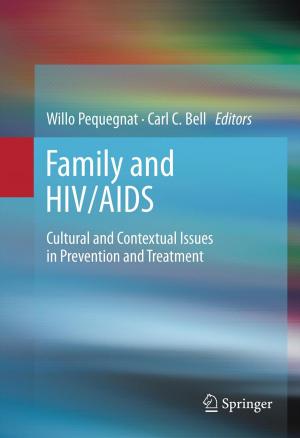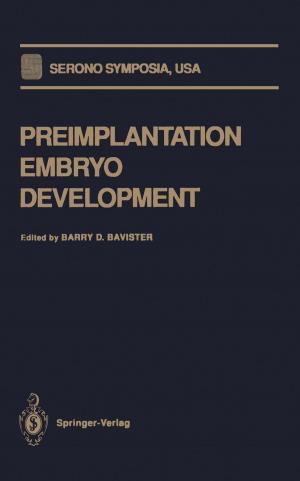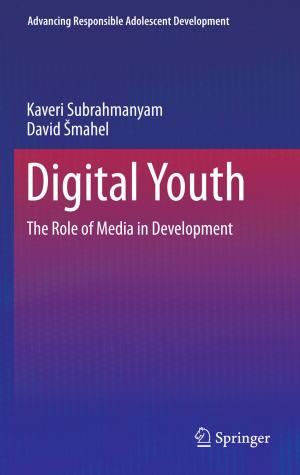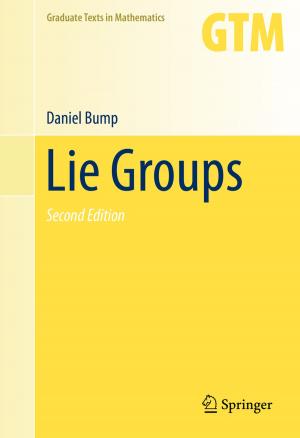International Handbook of Peace and Reconciliation
Nonfiction, Health & Well Being, Psychology, Personality| Author: | ISBN: | 9781461459330 | |
| Publisher: | Springer New York | Publication: | January 28, 2013 |
| Imprint: | Springer | Language: | English |
| Author: | |
| ISBN: | 9781461459330 |
| Publisher: | Springer New York |
| Publication: | January 28, 2013 |
| Imprint: | Springer |
| Language: | English |
How do ordinary people from different regions around the world define peace and reconciliation? What factors do they think are necessary for promoting reconciliation between countries? Do they believe that individuals have a right to protest against war and in favor of peace? Do they believe that apologies can improve the chances of reconciliation? What do they think are the best ways for achieving peace? Does reasoning regarding the achievability of world peace vary by region? International Handbook of Peace and Reconciliation, a companion volume to the International Handbook on War, Torture, and Terrorism, examines and analyzes how people around the world think about justice, governmental apologies, the right to protest, the peace process, the justifiability of armed conflict, the possibility of world peace, and reconciliation. To address these questions, researchers from the Group on International Perspectives on Governmental Aggression and Peace (GIPGAP) administered the Personal and Institutional Rights to Aggression and Peace Survey (PAIRTAPS) to volunteers from over 40 countries representing the major regions of the world. The volume is organized such that the responses to the survey are summarized and analyzed by both by country and by theme. Integrative chapters provide an up-to-date overview of historical and current events relevant to peace and reconciliation and a grounded theory analysis of definitions of peace and reconciliation and of the role of apology in reconciliation. In addition to describing the major themes emerging from the responses in each region, the volume reports on some exploratory analyses addressing the extent to which we found differences in patterns of responding based on characteristics such as gender, military experience, and involvement in anti-war protest activity. International Handbook on Peace and Reconciliation allows ordinary citizens from around the world to voice their views on peace and related issues, and examines the context of these views. Thus, it offers researchers in political science, peace psychology, social psychology, social justice, and anthropology a comprehensive resource for a changing global landscape.
How do ordinary people from different regions around the world define peace and reconciliation? What factors do they think are necessary for promoting reconciliation between countries? Do they believe that individuals have a right to protest against war and in favor of peace? Do they believe that apologies can improve the chances of reconciliation? What do they think are the best ways for achieving peace? Does reasoning regarding the achievability of world peace vary by region? International Handbook of Peace and Reconciliation, a companion volume to the International Handbook on War, Torture, and Terrorism, examines and analyzes how people around the world think about justice, governmental apologies, the right to protest, the peace process, the justifiability of armed conflict, the possibility of world peace, and reconciliation. To address these questions, researchers from the Group on International Perspectives on Governmental Aggression and Peace (GIPGAP) administered the Personal and Institutional Rights to Aggression and Peace Survey (PAIRTAPS) to volunteers from over 40 countries representing the major regions of the world. The volume is organized such that the responses to the survey are summarized and analyzed by both by country and by theme. Integrative chapters provide an up-to-date overview of historical and current events relevant to peace and reconciliation and a grounded theory analysis of definitions of peace and reconciliation and of the role of apology in reconciliation. In addition to describing the major themes emerging from the responses in each region, the volume reports on some exploratory analyses addressing the extent to which we found differences in patterns of responding based on characteristics such as gender, military experience, and involvement in anti-war protest activity. International Handbook on Peace and Reconciliation allows ordinary citizens from around the world to voice their views on peace and related issues, and examines the context of these views. Thus, it offers researchers in political science, peace psychology, social psychology, social justice, and anthropology a comprehensive resource for a changing global landscape.















